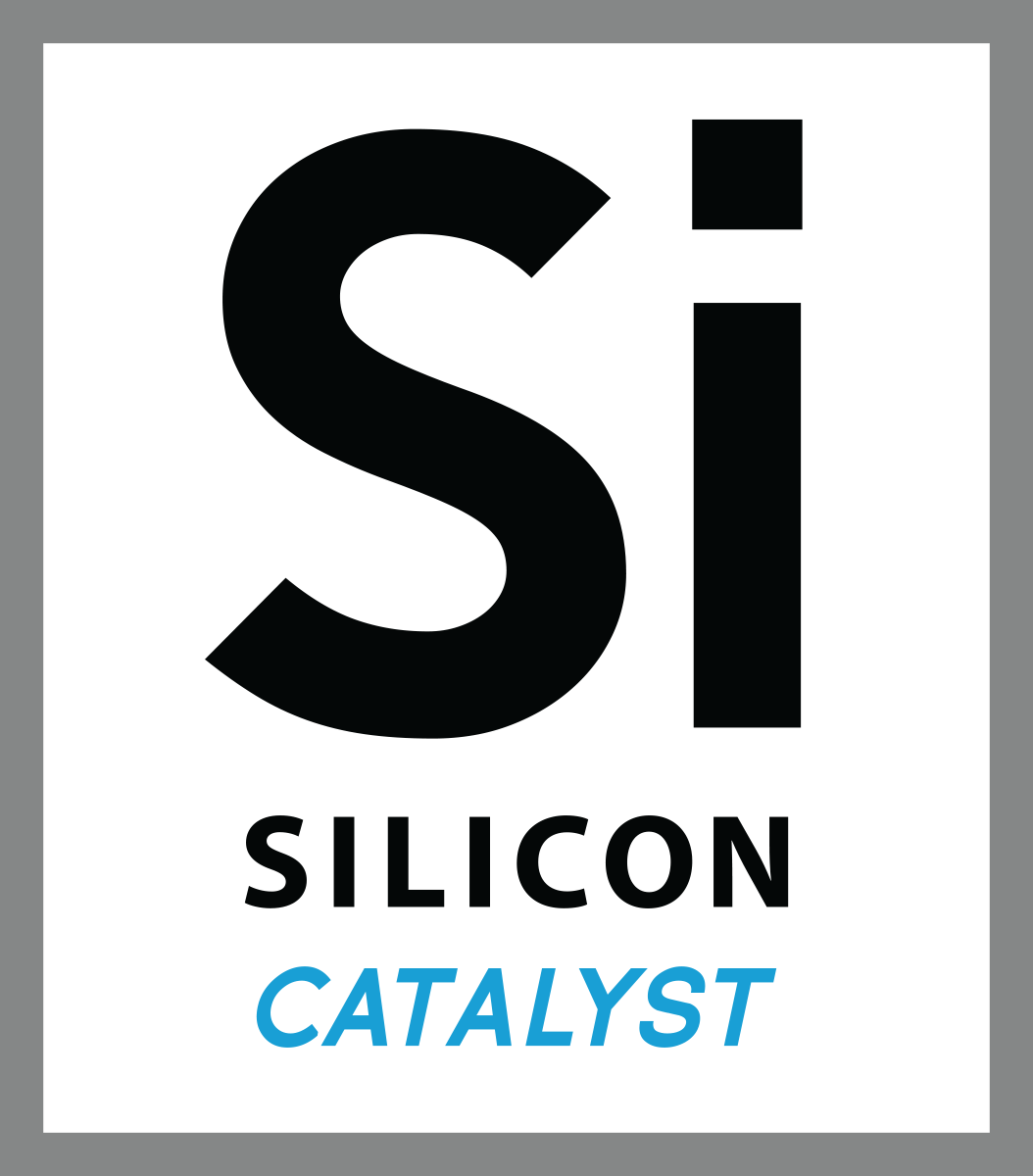November 27, 2018
Semiconductor Industry Veterans See the Old Order Crumbling
In their crystal ball, they see memories moving to China, Intel building its last fab, and design—not process—innovation stepping up to save the U.S. semiconductor industry
by Tekla S. Perry
What will the semiconductor industry look like in 2024?
That’s the question Pete Rodriguez, CEO of semiconductor startup incubator Silicon Catalyst, asked a panel—and a roomful—of industry veterans earlier this month. And few were shy about predicting dramatic and, for some companies, potentially catastrophic changes.
Memory is in motion
Their first warning went to the companies currently cranking out semiconductor memories, feeding the seemingly insatiable demand for solid-state storage. China has already been working hard to build DRAM factories, they indicated, and a trade war with the United States will likely push that effort into a higher gear.
Said Cliff Hirsch, publisher of Semiconductor Times: “I think the real question is what do Micron, Hynix, Samsung, Toshiba, and Western Digitaldo when their fabs are sitting idle because China has taken over the memory business.”
“Years ago, we [in the U.S.] were building DRAMs,” said Jim Hogan, managing partner of Vista Ventures, “and we got killed by the Japanese. Then the Koreans came in.
“It’s not going to happen immediately, but if you are the Chinese government, and you put all this money into DRAM, you aren’t going to buy DRAM from anybody else,” said Hogan. “That won’t be good for Koreans or Micron or anybody.” He predicts that “this is going to have a huge political impact.”
“Is there a value proposition in cranking out DRAM?” asked Hirsch. “Sure, Micron is getting 60 percent margins today, which is unbelievable, but what about in a few years when they are getting 10 percent margins? Maybe it’s time to think of them as the textile industry of the future, and they should be going offshore.”
About Silicon Catalyst
It’s About What’s Next® - Silicon Catalyst is the world’s only incubator focused exclusively on accelerating solutions in silicon, building a coalition of in-kind and strategic partners to dramatically reduce the cost and complexity of development. Close to 300 startup companies have engaged with Silicon Catalyst since April 2015, with a total of 21 startup and early-stage companies admitted to the incubator. With a world-class network of mentors to advise startups, Silicon Catalyst is helping new semiconductor companies address the challenges in moving from idea to realization. The incubator/accelerator supplies startups with a path to design tools, silicon devices, networking, access to funding, banking and marketing acumen to successfully launch and grow their companies’ novel technology solutions.

